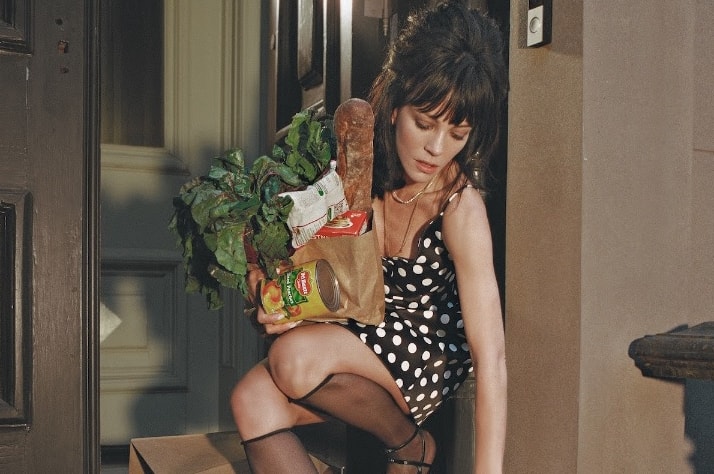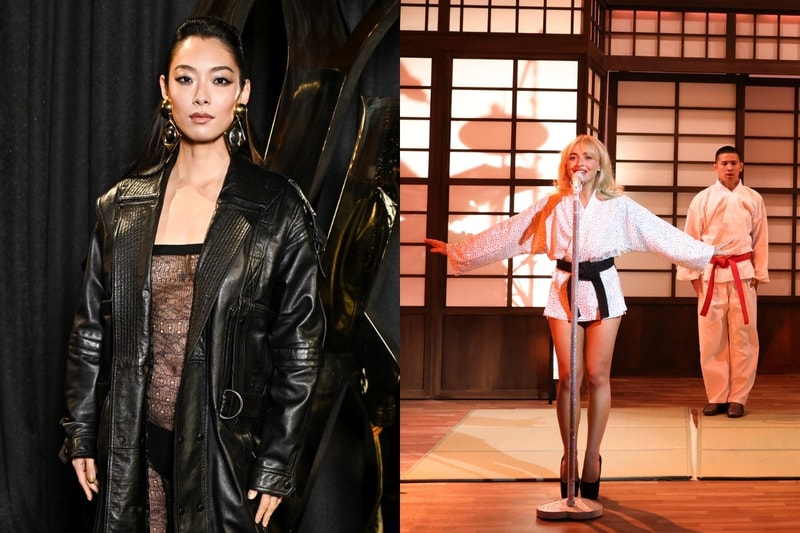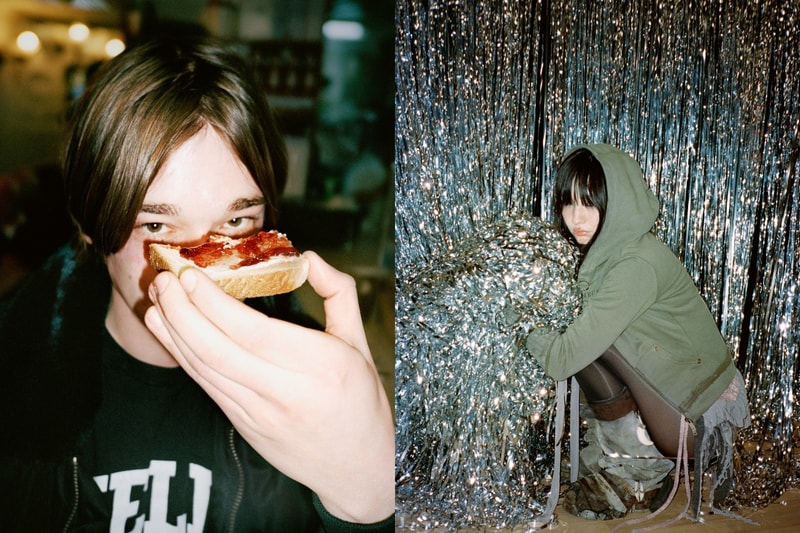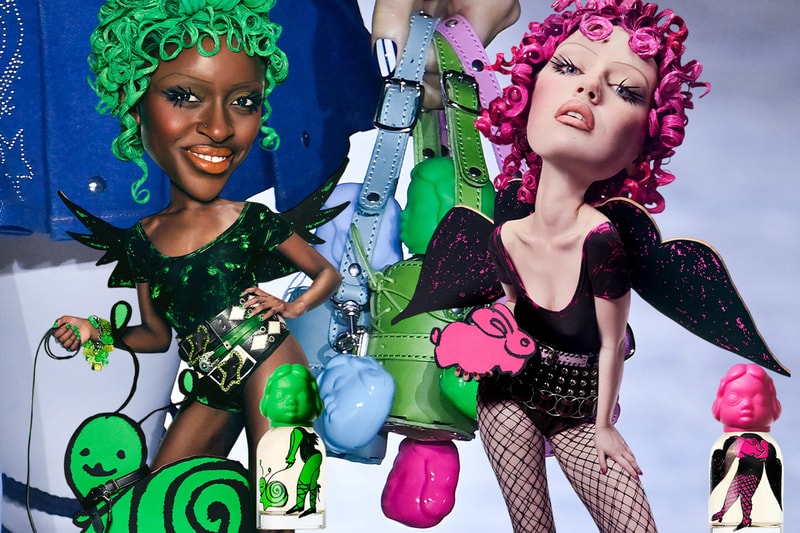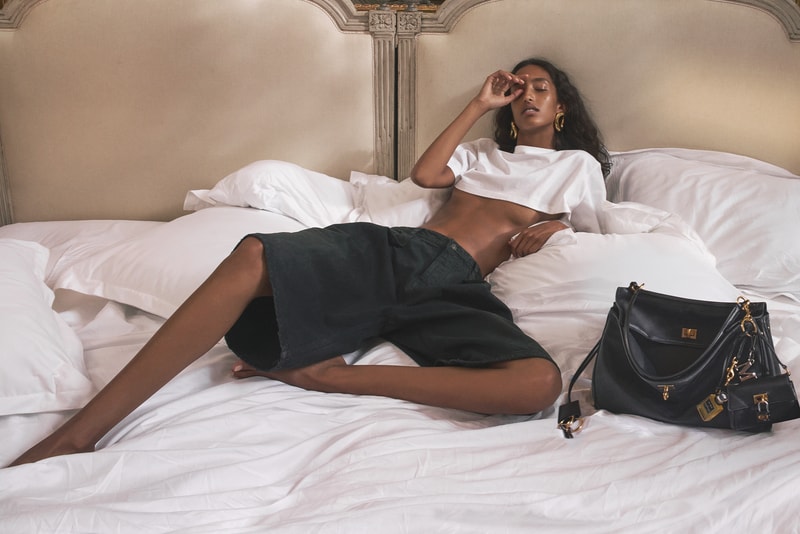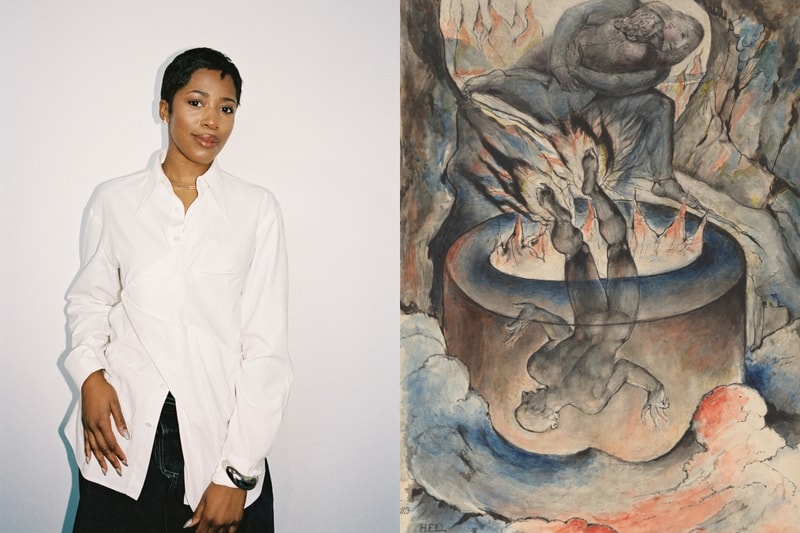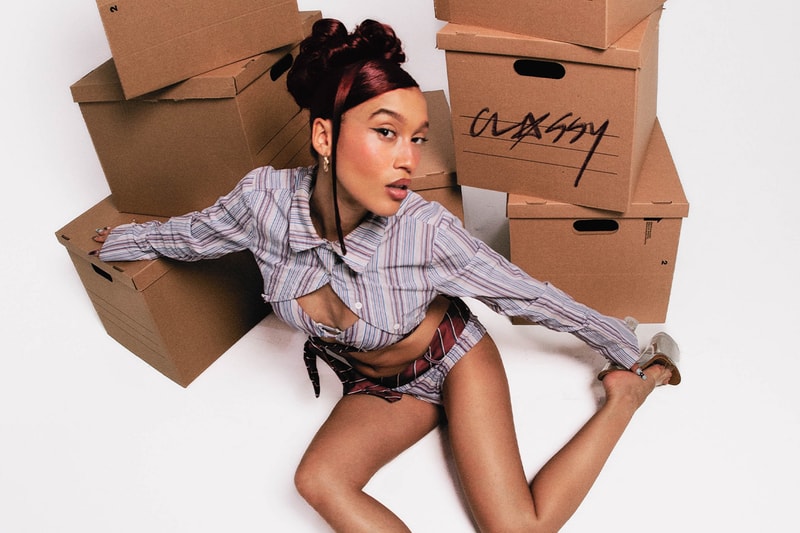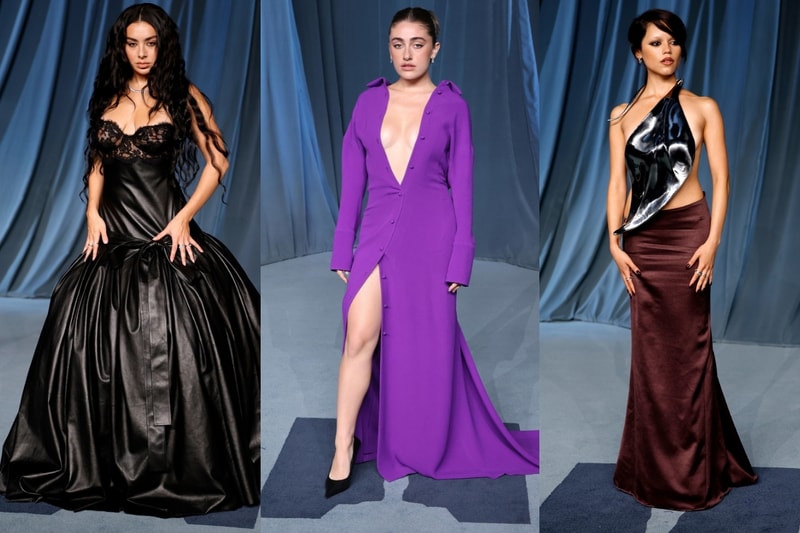Should Fast Fashion Brands Be at Fashion Week?
info@hypebae.com (Hypebae) Tue, 21 Oct 2025 Hypebae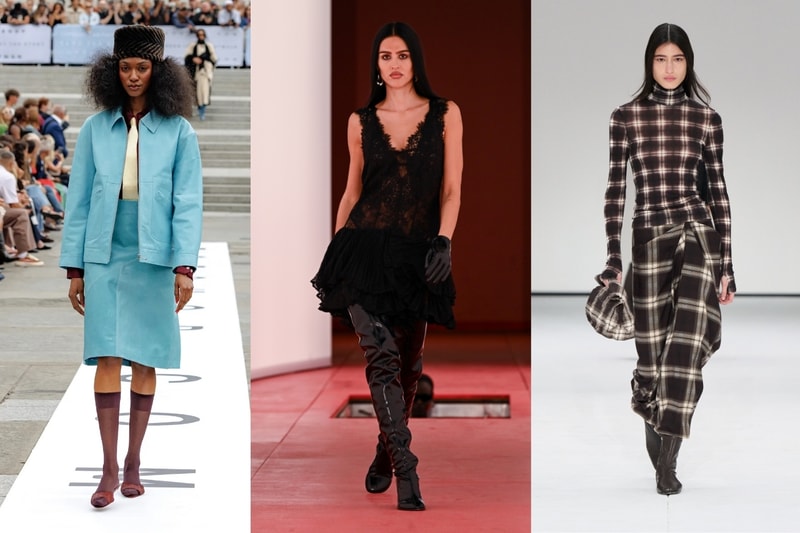
What do Topshop, H&M, Zara and COS have in common? Apart from being places you'd find on your local high street or shopping mall, they were also responsible for some of the biggest shows and presentations in the lead-up to fashion month this season.
In August, Topshop staged a return to the runway, relaunching its own website and standalone collections with a catwalk show that shut down London's Trafalgar Square. At New York Fashion Week, COS held its showcase on the same day as brands like Sandy Liang and Jane Wade.

Not long after, H&M kicked off London's mammoth fashion week schedule with a Thursday night showcase and afterparty to debut its new collection. The event was described by the brand as "part runway, part concert, part living magazine," and aimed to "disrupt" the traditional runway experience.
As London Fashion Week progressed, Zara celebrated its new collection with Disney and stylist Harry Lambert through an official, on-schedule presentation, before Inditex chair Marta Ortega Pérez took Zara to Paris in honor of its 50th anniversary.
Overall, these events were attended by celebrity guests like Cara Delevingne, Alex Consani, Paloma Elsesser, Amelia Gray and even Little Simz and Emrata, pulling in enormous crowds and at times, dominating the conversation surrounding fashion week. Considering fashion week is typically a time reserved for emerging designers and luxury brands, something about the sheer amount of conversation surrounding fast fashion this season felt a little different.

With equal spots on fashion week schedules in London, New York, and even Paris—a schedule that's notoriously difficult to secure—a notable shift has occurred, as the industry has placed such brands on the same level as its high fashion counterparts, alongside renowned brands that are renowned for their craft and exclusivity.
So they created huge moments, housed major celebrities and got everybody talking. But does that mean they should be on the fashion week schedule?
"The simple answer is no," says model and writer Dr. Brett Staniland, known for his fashion commentary and brutally honest approach to sustainability coverage. "It is an extremely frustrating dynamic of the system and industry we apparently have to subscribe to. For fast fashion brands, it serves them well; it helps wash their lower-quality, disposable clothing image into something which is far more upmarket (something coined 'haute-washing'), and they can then moisturize themselves with the high-quality, high-fashion branding of the brands they sit adjacent to on the schedule," he tells us.

An important factor, too, Staniland notes, is that the coverage these brands receive is rarely centered around the collections they're presenting. "The coverage around their shows is never about the clothing, but more about the guests, models and creators," the model adds, explaining that these brands also don't typically follow the seasonal Spring/Summer, Fall/Winter format like other designers. "There's no need to show a 'collection' to press and buyers because their system is just constantly dropping clothes every week of the year," Staniland continues.
Along with that, increasingly saturated fashion week schedules also run the risk of overshadowing emerging designers who lack the same access to the glitz and glamour. "Unfortunately, it seems smaller, independent designers and organisations will always be at the mercy of big, dirty money from fast fashion brands who have very deep pockets," adds Staniland, suggesting that these schedule additions can do more harm than good for up-and-coming talent.
Although this season felt particularly fast-fashion-heavy, it's also safe to say that these shows taking place at fashion week are nothing new. Topshop's first LFW showcase dates all the way back to 2005, and at the time, it was hailed as a particularly positive shift, bridging the gap between high street and high fashion.

There's a belief that bridging this gap makes fashion week more accessible, something that more members of the public can take part in and experience, which wouldn't be the case if it were reserved only for those in the know (and in the industry, more importantly).
"London Fashion Week is a global showcase where brands and designers at every level contribute to its impact," explains Laura Weir, CEO of the British Fashion Council.
"Historically, the high street has played a vital role in London's fashion story from Topshop's headline shows at Tate Modern in the early noughties, to Marks & Spencer partnering with young designers and amplifying British style worldwide, and then H&M with their spectacular showcase this season. High street names bring scale, budget and talent, sitting alongside the creativity, innovation and storytelling of emerging and established labels. That mix is what makes London Fashion Week dynamic, relevant and elevated; it reflects the full ecosystem of British fashion and keeps the city at the forefront of culture," she tells us.

While this may be true, anonymous fashion account Boring Not Com believes that "There's room for everyone at fashion week, but it has to be managed carefully. Otherwise, it risks turning into a spectacle dominated by high street giants with billion-dollar budgets, drowning out emerging designers who can barely afford a lookbook."
Getting the balance right is incredibly important, and as part of that balance, it's also important for these brands to work out what the best way for them to be involved actually is. "If these giants want to join the conversation, they should invest in the next generation of graduates and independents who keep fashion's future alive," confirms Boring.
Pull&Bear is actually one of the brands that has done exactly that, partnering with the BFC's NEWGEN scheme to support shows from designers like LUEDER, Chet Lo and Johanna Parv.
So it's true that these showcases improve accessibility, diversify our offering as a city and bring in big crowds of celebrities. But it's also true that they run the risk of overshadowing smaller brands, shifting focus from product to celebrity and potentially making fashion week more accessible than it actually needs to be.
Whether it stays or goes, it feels like the future of fast fashion at fashion week is continually going to be intertwined. We can only hope that the emerging designers in the background, who more than deserve their seat at the table, benefit from a slice of the limelight, too.
